Solution For Your Smile!
Dental Implants
A dental implant is an artificial tooth root and is used in prosthetic dentistry to support restorations including a tooth or group of teeth. Dental implants are an option for people in good general oral health who have lost a tooth or teeth due to periodontal disease, an injury, or some other reason.
Are You a Candidate for Dental Implants?
The ideal candidate for a dental implant is in good general and oral health. Adequate bone in your jaw is needed to support the implant, and the best candidates have healthy gum tissues that are free of periodontal disease.
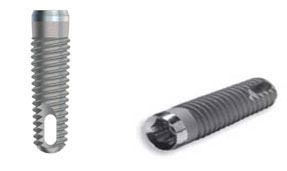
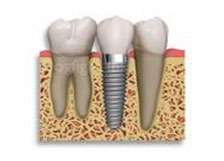
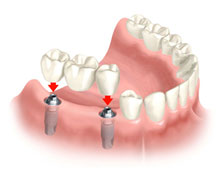
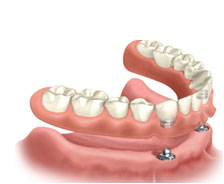
What Dental Implants Can Do?

Support a bridge and eliminate the need for a removable partial denture.

Replace one or more teeth without affecting bordering teeth.

Provide support for a denture, making it more secure.
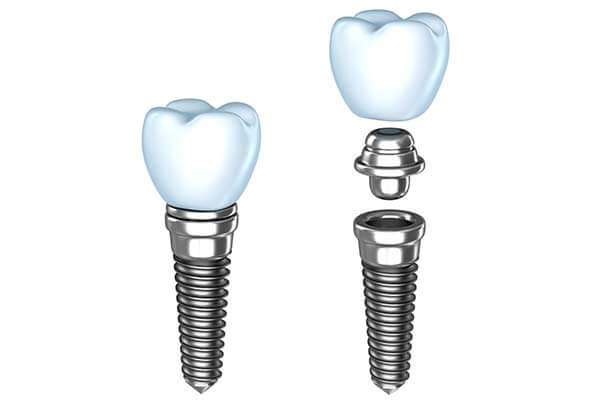
Ideal For You!
Implant's Composition
A typical implant consists of a titanium screw (resembling a tooth root) with a roughened and smooth surface. The majority of dental implants are made out of commercially pure titanium, which is available in 5 grades depending upon the amount of carbon and iron contained. Implant surfaces may be modified either by plasma spraying, anodizing, etching or sandblasting to increase the surface area and the osseointegration potential of the implant.
Our Accomplishments!
Surgical Planning
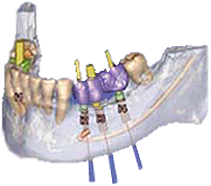
Prior to commencement of surgery, careful and detailed planning is required to indentify vital structures such as the inferior alveolar nerve or the sinus, as well as the shape and dimensions of the bone to properly orientate the implants for the most predictable outcome. Two dimensional radiographs, such as orthopantomographs or periapicals are often taken prior to the surgery. In most instances, a CT scan will also be obtained. Specialized 3D CAD/CAM computer programs may be used to plan the case
Whether CT-guided or manual, a ‘stent’ may sometimes be required to facilitate the placement of implants. A surgical stent is an acrylic wafer that fits over either the teeth, the bone surface or the mucosa (when all the teeth are missing) with pre-drilled holes to show the position and angle of the implants to be placed. The surgical stent may be produced using stereolithography following computerized planning of a case from the CT scan.
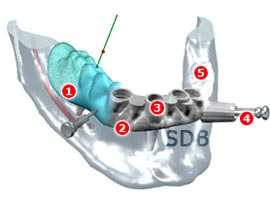
Implant Surgery
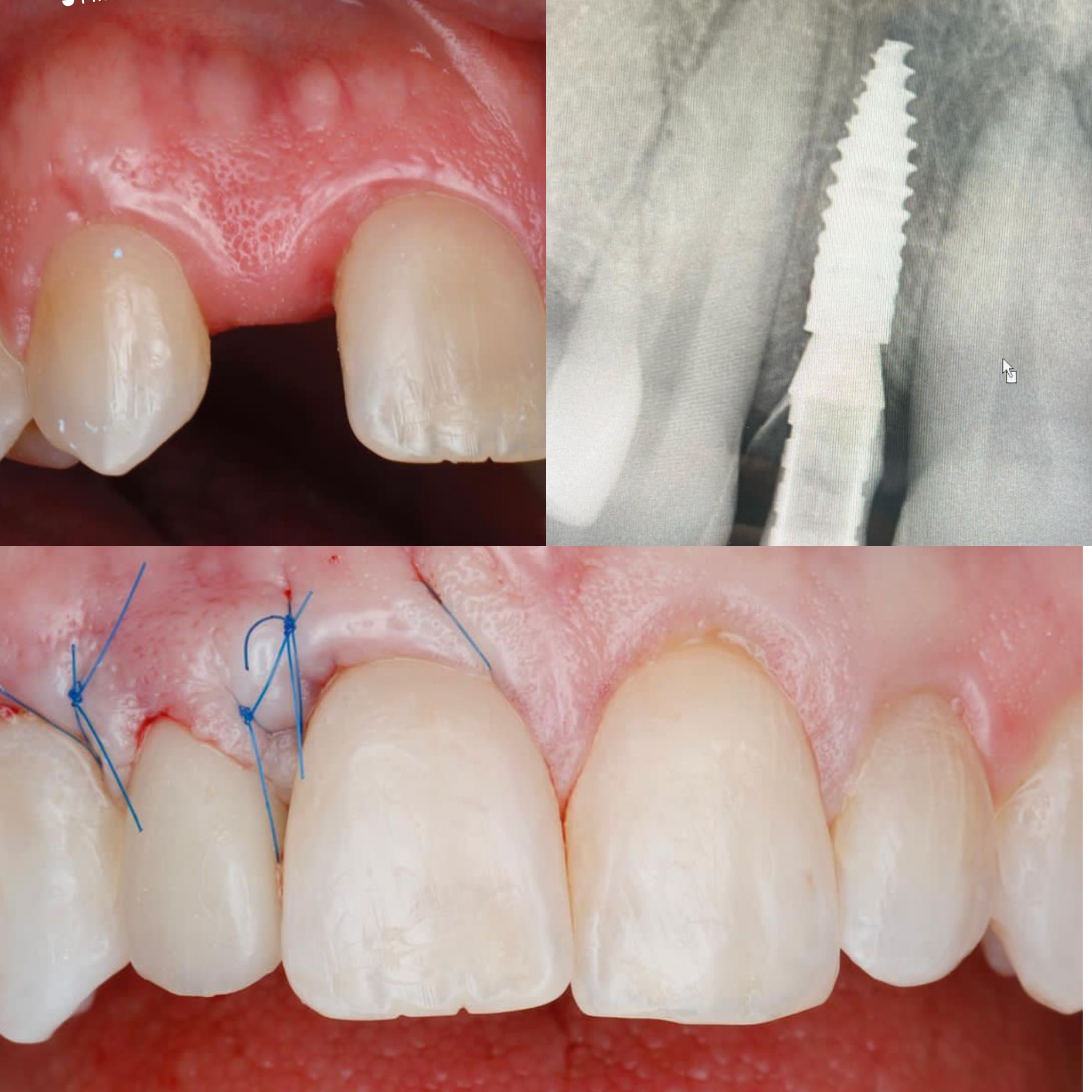
In its most basic form the placement of an osseointegrated implant requires a preparation into the bone using either hand osteotomes or precision drills with highly regulated speed to prevent damaging the bone. After a variable amount of time to allow the bone to grow onto the surface of the implant (osseointegration) a tooth or teeth can be placed on the implant. The amount of time (normally 1 hour) required to place an implant will vary depending on the experience of the practitioner, the quality and quantity of the bone and the difficulty of the individual situation.
At edentulous (without teeth) jaw sites, a pilot hole is bored into the recipient bone, taking care to avoid the vital structures (in particular the inferior alveolar nerve and the mental foramen within the mandible). Drilling into jawbone usually occurs in several separate steps. The pilot hole is expanded by using progressively wider drills (typically between two and seven successive drilling steps, depending on implant width and length). Care is taken not to damage the osteoblast or bone cells by overheating. The implant screw can be self-tapping and is screwed into place at a precise torque so as not to overload the surrounding bone.
The amount of time required for an implant to become osseointegrated is a hotly debated topic. Consequently the amount of time that practitioners allow the implant to heal before placing a restoration on it varies widely. In general, practitioners allow 2-6 months for healing but preliminary studies show that early loading of implant may not increase early or long term complications. If the implant is loaded too soon, it is possible that the implant may move which results in failure.
